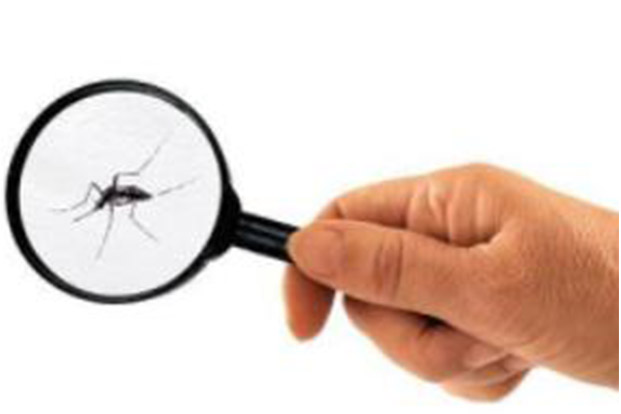Categories
- Bariatric Surgery (11)
- Black Fungus (5)
- Bone Marrow transplant (3)
- Brain Tumor Surgery Navigation Technology (20)
- Cardiac Surgery (66)
- Cardiology (97)
- Computer navigation technology for joint replacements (20)
- Covid Vaccination (17)
- Critical Care (2)
- Dental (19)
- Dermatology (31)
- Dialysis Support Group - “UTSAAH” (11)
- Dietitian (33)
- Emergency Medicine (4)
- Emotional Health (11)
- Endocrinology (33)
- ENT (20)
- Gastroenterology and GI Surgery (53)
- General and Laparoscopic Surgery (21)
- General Surgery (4)
- Gynecology & Obstetrics (183)
- Hematology (20)
- Internal Medicine (294)
- Kidney Transplant (50)
- Kidney Transplantation (20)
- Lung Cancer (8)
- Minimal Invasive Surgery (1)
- Mother & Child (20)
- mucormycosis (5)
- Nephrology (61)
- Neurology (147)
- Neurosurgery (68)
- Nutrition and Dietetics (107)
- Omicron Variant (1)
- Oncology (288)
- Ophthalmology (10)
- Orthopaedics & Joint Replacement (86)
- Paediatrics (59)
- Pediatric Nephrology (3)
- Physiotherapy (5)
- Plastic & Reconstructive Surgery (6)
- Psychiatry and Psychology (90)
- Psychologist (28)
- Pulmonology (72)
- Rheumatology (13)
- Spine Services (21)
- Transradial Angioplasty (16)
- Urology (84)
Query Form
Posted on Apr 19, 2022
Diagnosis Of Malaria
Blood Film
The most economical, preferred, and reliable diagnosis of malaria is microscopic examination of the blood film. There are two types of blood films that are traditionally used- the thin and the thick films. Thin films are similar to usual blood films and allow species identification. Thick films allow the identification of the level of parasitaemia. A blood test after 3 days of persistent malaria symptoms is the used for diagnosis.
Malaria Rapid Test
Due to recent advances in science and technology detection and diagnosis of malaria has become better. Immunochromatographic tests use finger-stick or venous blood for detection. The complete test takes a total of 15–20 minutes, and the results are read visually as the presence or absence of colored stripes on the dipstick, so they are suitable for use in the field. The threshold of detection by these rapid diagnostic tests are in the range of 100 parasites/µl of blood. One disadvantage is that dipstick tests are qualitative but not quantitative – they can determine if parasites are present in the blood, but not how many.
Modern rapid diagnostic tests for malaria often include a combination of two antigens – a malaria specific antigen and an antigen specific to the strain. Such as a P. falciparum specific antigen + Histidine-rich protein II (HRP II) . It should be noted that such tests do not have a sensitivity of 100% and where possible, microscopic examination of blood films should also be performed.
Molecular Diagnostic Tests

Molecular methods are available in some clinical laboratories and rapid real-time assay are being developed with the hope of being able to deploy them in endemic areas. PCR (and other molecular methods) is more accurate than microscopy. However, it is expensive, and requires a specialized laboratory.
Emperical Diagnosis
Areas that cannot afford laboratory diagnostic tests often use only a history of high fever with chills and rigor to start treatment of malaria.
It is important that as soon as you start to develop abnormal fever, chills and nausea, it is best that you consult a specialist immediately.



